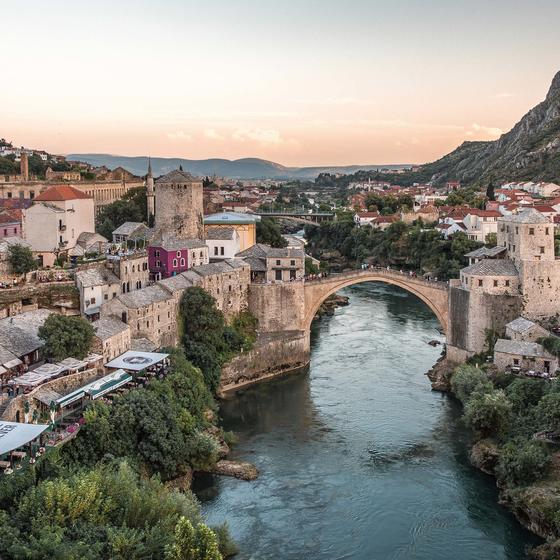Eschewing the dark tourism sites and moving beyond the outdated associations of war and tragedy that have overshadowed Bosnia and Herzegovina’s beauty for so long, New Metonyms: Bosnia & Herzegovina shines a light on it’s bucolic landscapes and bountiful history.
24 August, 2020
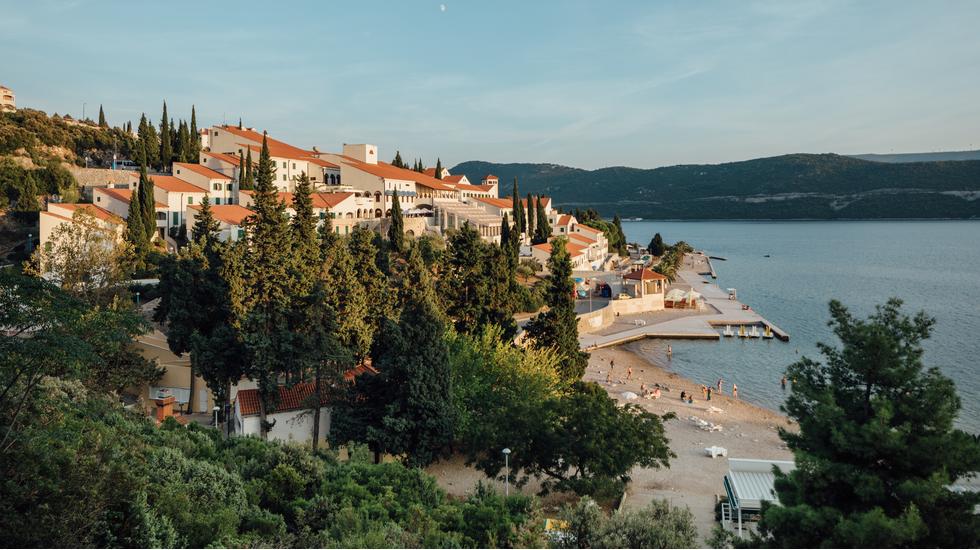
For
most people, Bosnia and Herzegovina still conjures up images
of war, as if the disastrous conflict that took place in the 1990s
is an ever-present reality. In visiting, our mission is simple: to
create a book that demonstrates Bosnia is not just a lingering
memory of trauma, but a place with bountiful nature and
history.
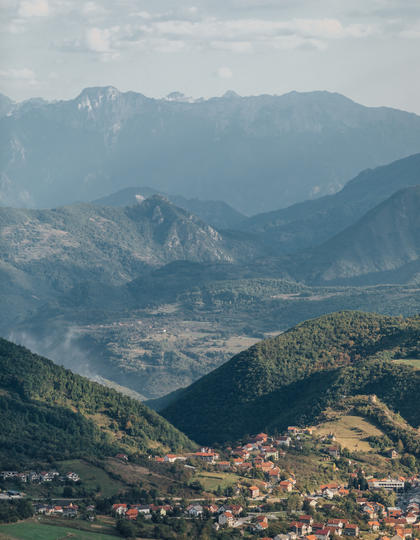
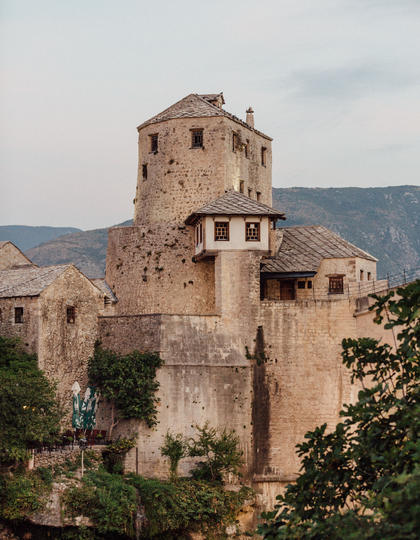
When we arrive in the capital, Sarajevo, on a warm September
afternoon, the skies are an immaculate blue. I check the forecast:
it predicts the same idyllic weather for weeks. It feels as if
Bosnia is on our side, granting us picture-perfect days to help us
move beyond the tired metonyms that have overshadowed its beauty
for so long.
We avoid the usual clichés: the buildings scarred by gunfire and
shells and the other landmarks of war that have now become the
sites of dark tourism. Instead, we venture up into the city’s
valleys and the clustered arteries (mahalas) that create Sarajevo’s
spontaneous urbanism. From here, we drive for weeks through lush
and dramatic mountains that enclose icy-green rivers, and through
arid, rocky landscapes.
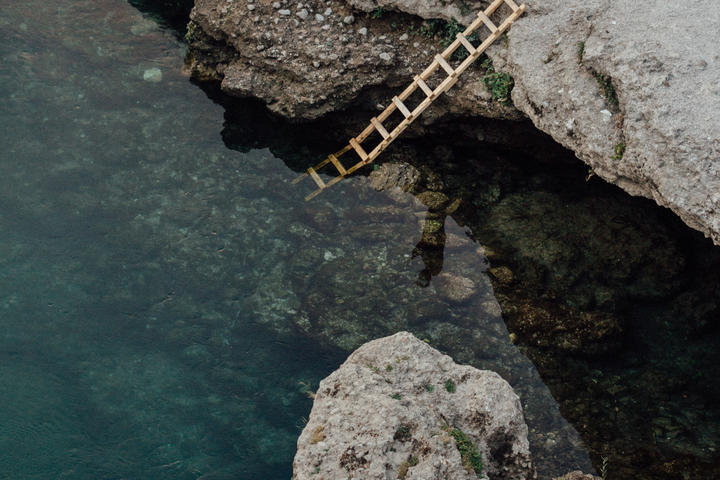
We visit mountaintop villages and secret Socialist bunkers. We
watch local children swim and laugh in the rivers. We hike up hills
to see sculptural, brutalist architecture. And we stay in timeless
Balkan villages, folkloric Ottoman towns, and even Neum – Bosnia’s
only coastal town, which most people forget exists. As we travel,
we both fall deeper in love with this place and its people. It’s no
wonder they call it the heart-shaped land of the Balkans.
New Metonyms: Bosnia & Herzegovina is available at newmetonyms.com
